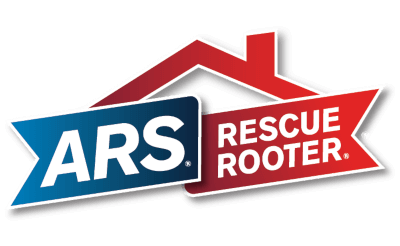 Indoor Air Quality
Indoor Air Quality
Whole-House Humidifier Installation
When there isn’t enough moisture in the air, you might notice your skin is dryer, your hair is prone to fly aways and you can’t seem to get rid of that tickle in your throat. We can help you achieve a better balance with a whole-home humidifier system that works in tandem with your existing HVAC system.
The drier the better? Not necessarily.
Drier climates or dry, heated winter air present a different set of issues than high humidity climates. Your home—and your health—can be affected by dry indoor air in the following ways:
- Dry nose, throat, lips and skin
- Increased susceptibility to sinus problems
- Peeling wallpaper
- Cracked paint and woodwork
- Cracking, warping and shrinking of wood floors
- Damage to wood instruments such as guitars and pianos
Fortunately, you can combat the effects of dry air with a whole-house humidifier. Installed directly onto your existing HVAC system, an indoor humidifier injects humidity in the form of water vapor into your home's air and distributes it through your ducts and vents.
Unlike portable humidifiers, whole-house humidifier systems monitor the relative humidity in your home and produce exactly the right levels of moisture. Another advantage is that the filter only needs to be replaced once a year, versus the daily cleaning and disinfecting that portable units often require.
Understanding your options
Before you invest in a humidifier for your HVAC system, it’s important to know at least a little bit about your various options. There are two main categories that most HVAC humidifiers fall into, each with a distinct set of advantages and drawbacks. Here’s a quick rundown to help you make the most informed decision:
Bypass whole-home humidifiers consist of a water panel that is installed inside your ducts. As air passes through the ducts, it picks up moisture which is then circulated through your home. These systems can either be passive or outfitted with an internal fan to help pull the air through the panel. The primary advantage of these systems is that they are relatively inexpensive and don’t require much work to install. On the other hand, they don’t offer the same levels of efficiency as the alternatives. If they feature a fan, the mechanism also requires regular maintenance to ensure proper functionality.
Steam electrode humidifiers are a bit more involved. These feature small heating elements that vaporize water into steam before it is forced into the air in your home. Unlike bypass systems, this offers a faster means of introducing moisture into the environment, and they work whenever they are needed — not just when your HVAC system is working. However, they also tend to be more expensive and require the installation of a dedicated 220V circuit.
Our humidity control experts know how to help
Don't let dry air compromise your comfort—or your health. Contact your local ARS®/Rescue Rooter® air-quality specialist today to find out more about our residential humidifier system options. We live in your community, too, so we know how to deal with the humidity challenges in this area. We'll assess your indoor air-quality at no-cost—and guide you through all of the options and services we have to offer, all of which are always covered by our Exceptional Service Guarantee.





Step 2 of 2